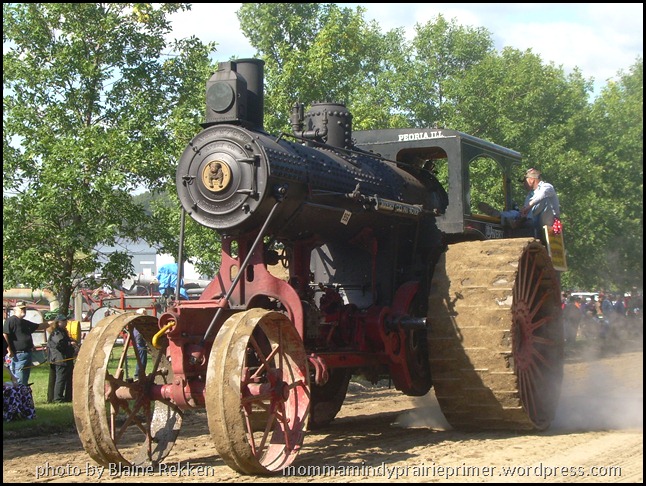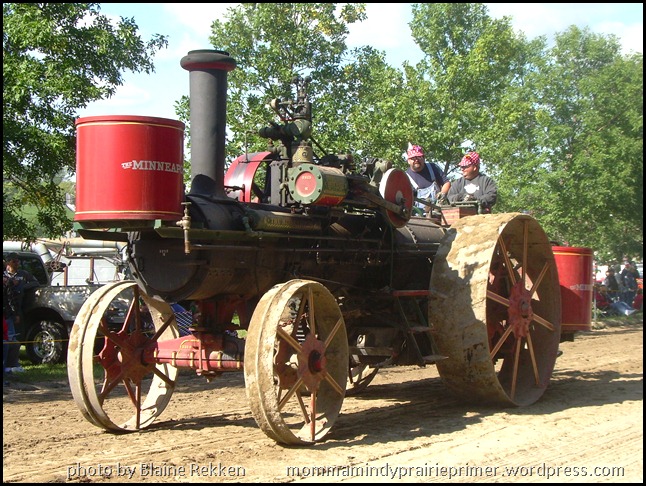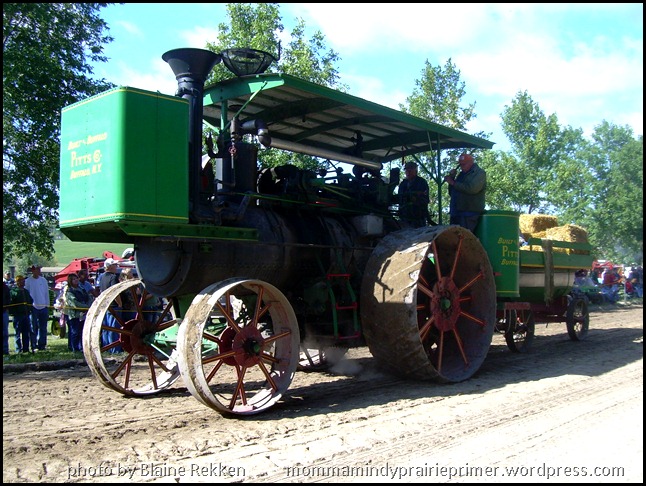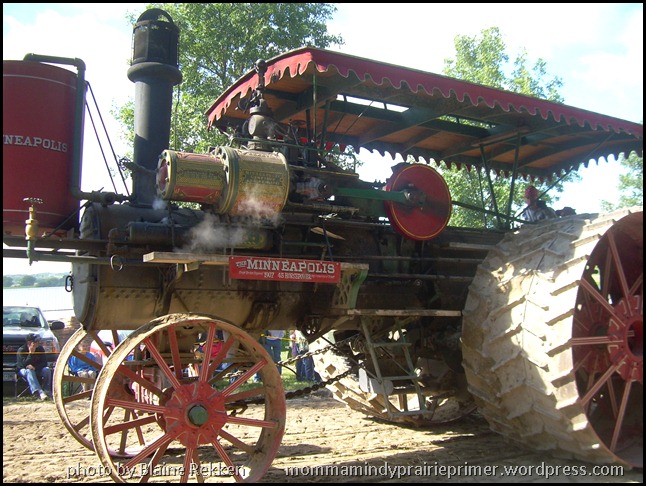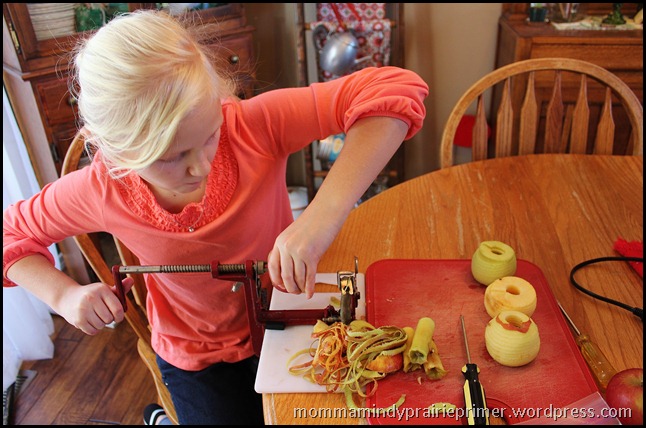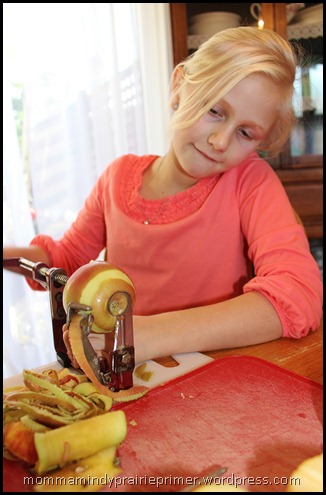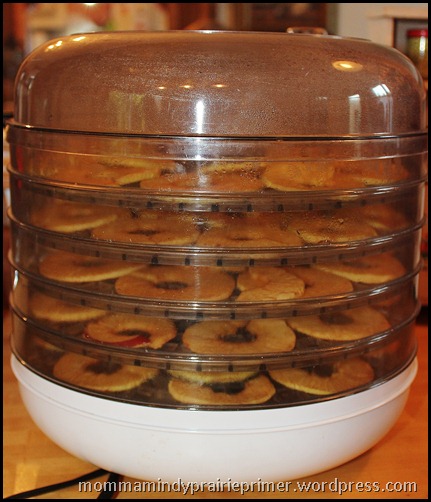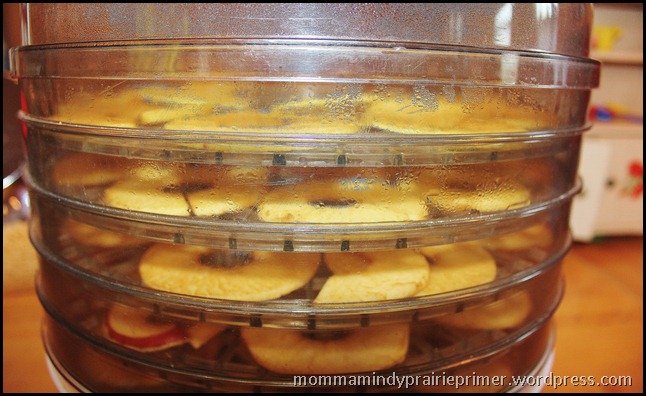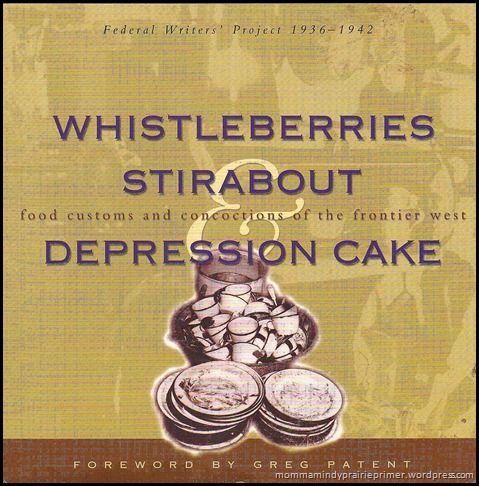The Long Winter was so long, I barely blogged through it.
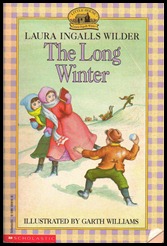
OK, maybe I didn’t blog at all.
I have several posts in the drafts, but didn’t get around to it. All ten of my homeschool blog readers are missing me, I’m pretty sure.
It was a long, long, long winter. Maybe I didn’t like this book very much because I lived about half my life in North Dakota, where every winter was a long winter.
(My friend, Tandis, is having a Long Winter in Wisconsin. You can read her funny blog at Life as We Ski It.)
When I had five kids and my husband was a Road Warrior (traveling for business), I spent the Longest Winter ever on a farmstead out in the country. We had a record of 117 inches of snow, the interstates shut down 14 times, a record of two days of early spring melting, followed by two days of harsh rain, followed by another freeze, and another thaw, followed by the Red River flood of a lifetime. The trees and telephone poles were so laden with snow, they snapped off all the way across the eastern border of the state like a stack of dominoes.
At the time, I really didn’t mind. I was young, strong, loved adventure, and loved being home with my five kids. Even the weeks when I was stormed in for days alone. As long as we had milk and diapers, we were good. We baked a lot to keep the house toasty and cozy, we read and played. We built forts inside with the extra sheets. When it warmed up to zero degrees, the kids were allowed to play outside.

(More of Wisconsin snow. I have to tease Tandis, that’s nothing to brag about, they can still see the swing set!)
The snow piled up higher than our swing set, the old-fashioned, big and dangerous kind from a public school. The kids would climb to the top of the half-circle Quonset, the metal buildings you store combines and tractors in, and slide down the rippled sides. Sometimes I would bundle up, go outside with my kids and sit on this special branch that was high above the swing set and perfectly shaped to sit on. I’d lean back against the main branch and talk on my cell phone to my homeschooling momma-of-many friend, Kirsti, who lived in town. When the snow melted, my branch was so high in the air, I couldn’t dream of reaching it with any of the ladders we owned.
Looking back now, I’m amazed at what we survived.
So, reading The Long Winter wasn’t that fun, I don’t see blizzards and starvation as exciting adventures, like I did when I was younger.
The Ingalls, like everyone else in town, were running out of food. Because they had no flour, they were grinding it in their coffee mill.
I sprang to action. You know that Amazing Homeschool Mommy moment when the stars line up just right and you have the time, ambition and elements to do something wonderful for school?
We had one of those moments. It was a rare moment, but we had one.
I had some hard red spring wheat from North Dakota farmers, Michelle and Matt. I was visiting my wonderful, amazing and talented sister in law, Susan, a few summers ago and shared my desire to go all domestic and healthy again, and make my own bread and grind my own flax. She drove me to a friend’s house. Michelle gave me coffee, welcomed me like a relative, then she and her husband filled an 18 gallon Rubbermaid with wheat. “Cuz that’s just how people from North Dakota are.
I’m on my last smidgeon, I’ve been saving it for something special.
Isn’t it beautiful?
The Ingalls were experiencing their Long Winter. The people and the stores were almost out of food. Ma had no flour to bake with, and Banker Ruth bought the last sack of flour for $50. Pa had the last bag of wheat from the wilder boys’ stock.
p. 193, “It’s a pity there isn’t a grist mill in town,” Pa said.
p. 194, “We have a mill,” Ma replied. She reached to the top of the cupboard and took down the coffee mill.
Ma set the little brown wooden box on the table. The black iron hopper in the top of the mill held half a cupful of the grain.
This antique coffee grinder was a gift from another SIL, Nita. She is the amazing, talented one that knits and tats and once made a baby sweater with one arm. Seriously! But I can’t tease too much, because I can’t knit at all. Check out her blog and see the beautiful sweaters she knit with two arms. She also sells her creations on Etsy.
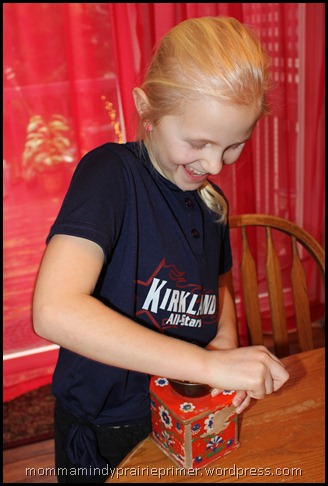
“The mill gave out its grinding noise.”
It was a hard start, but the adventure was on. We pretended we were starving.
I’ve really learned that school is more fun and the lessons last in their heart when you DO instead of just READ. It was a blast trying to grind wheat.
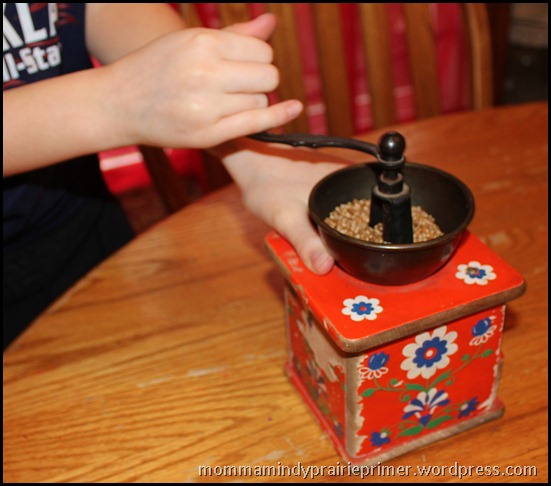
“Wheat will grind just like coffee,” Ma said.
My grandson loves this coffee grinder, but he puts all kinds of amazing things in it.
Read about Bubba’s Coffee Bean Business if ya’ wanna’ see his adorable Pirate Face.
She looked into the little drawer. The broken bits of wheat were crushed out flat.
“Can you make bread of that?” Pa asked.
“Of course I can,” Ma replied. “But we must keep the mill grinding if I’m to have enough to make a loaf for dinner.”
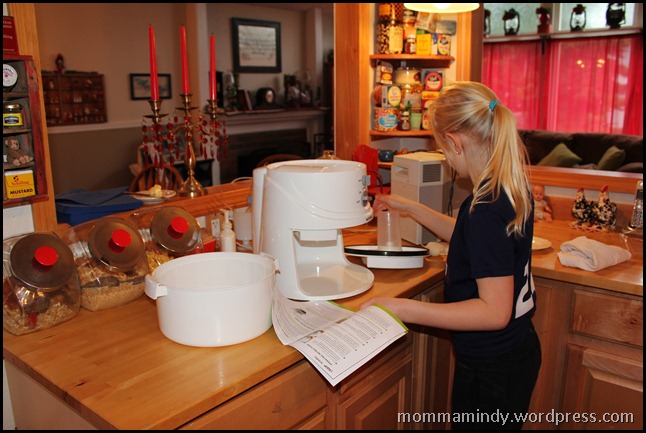
We didn’t have all day to grind with the coffee grinder, so we switched over to the Nutrimill. I bought it from Urban Homemaker.
.
Do you hate hearing your own voice? Listening to this video I was not happy to hear that I STILL sound like I grew up in the Midwest. Oh, fur shur, ya’ know, I’m trying hard tu talk like du dickshunaree, ya’ know, fur Pete’s sake.
p. 196, The brown bread that Ma had made from the ground wheat was very good. It had a fresh, nutty flavor that seemed almost to take the place of butter.
Coffee grinder on the left. Electric mill on the right. Not bad for a vintage coffee grinder that isn’t used to grind coffee anymore, huh?
When the stars line up again for a perfect homeschool day, we plan to make bread from this book by Melissa K. Norris. She has a tutorial on her blog sidebar for a bread you can make in five minutes per day. She also offers some freebies. I’m not Ma Ingalls. I can’t grind wheat AND make bread all in the same week, let alone the same day.
But for now, we’re just thankful that The Long Winter is over.

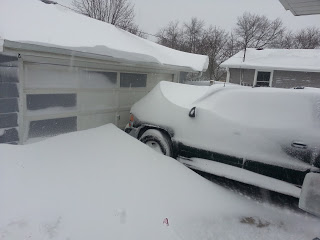
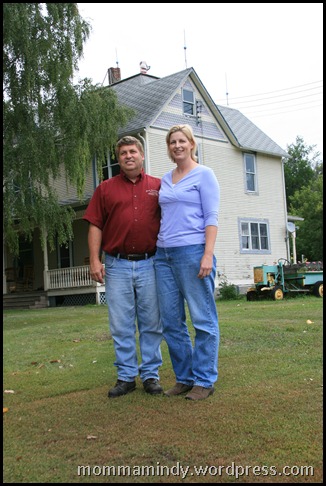
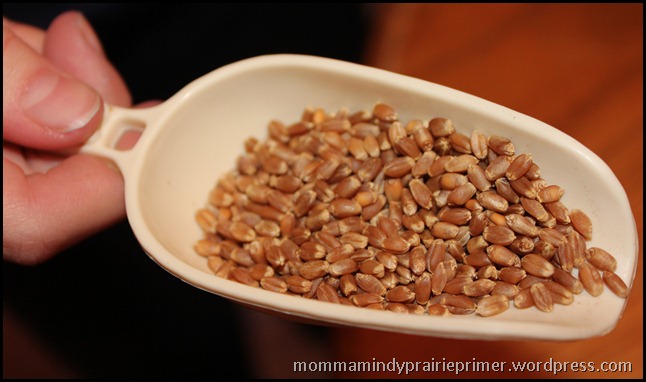
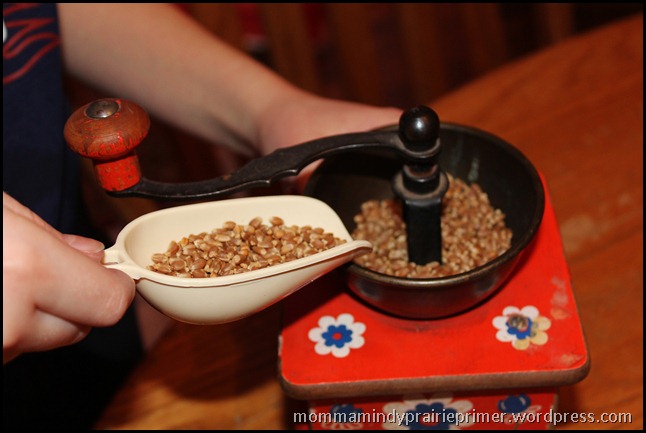
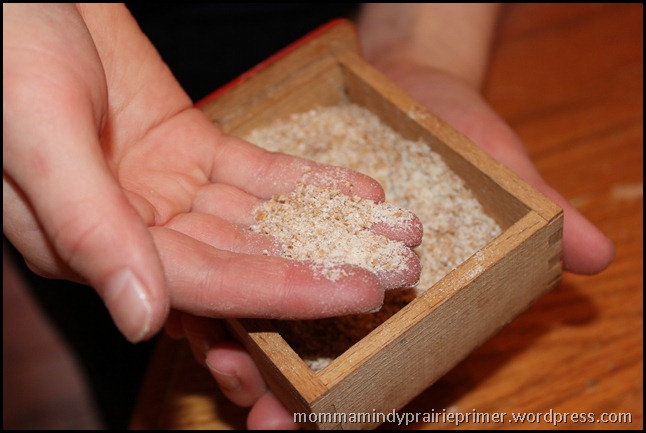
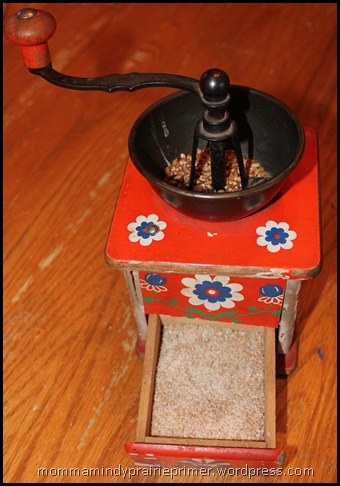
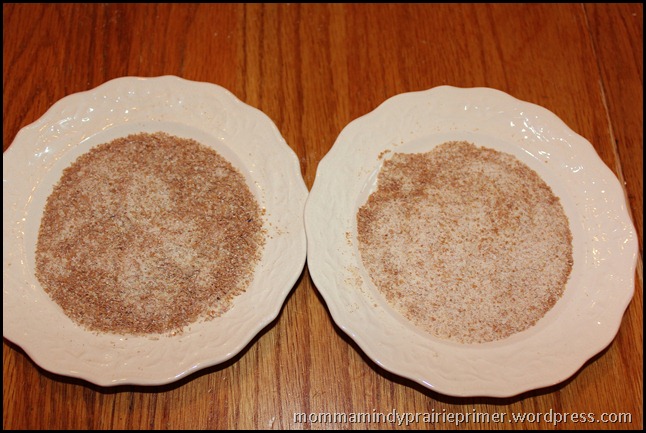


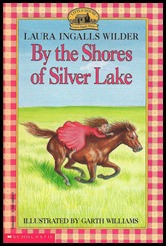
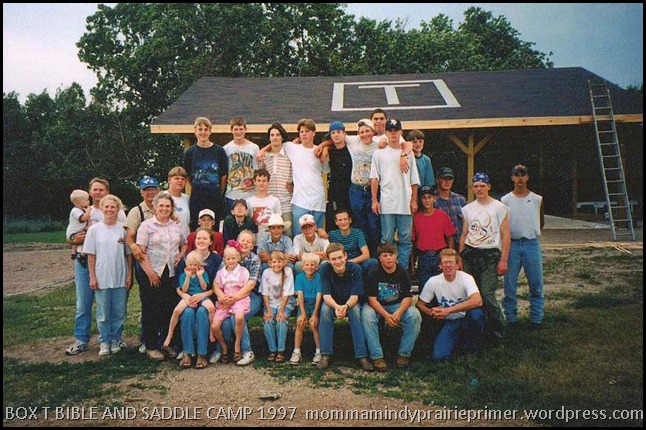
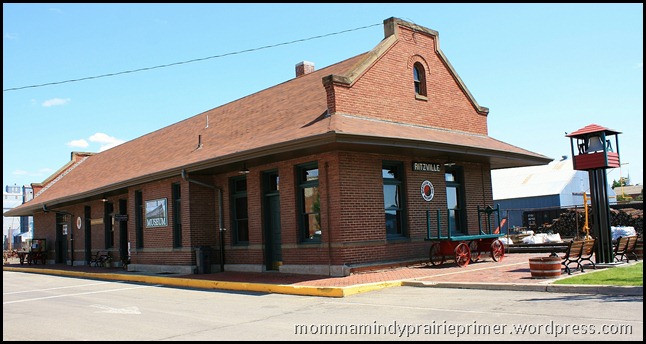
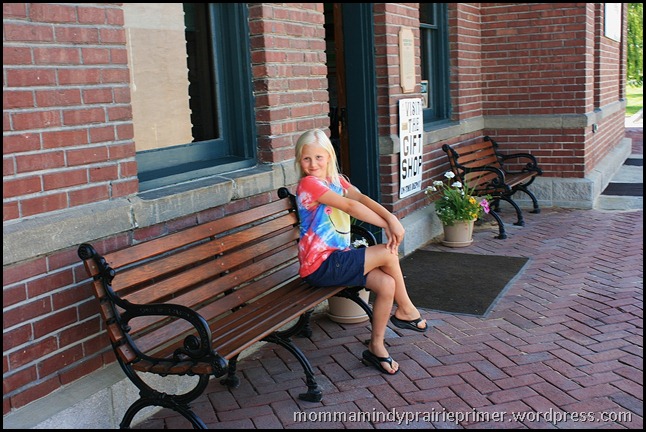
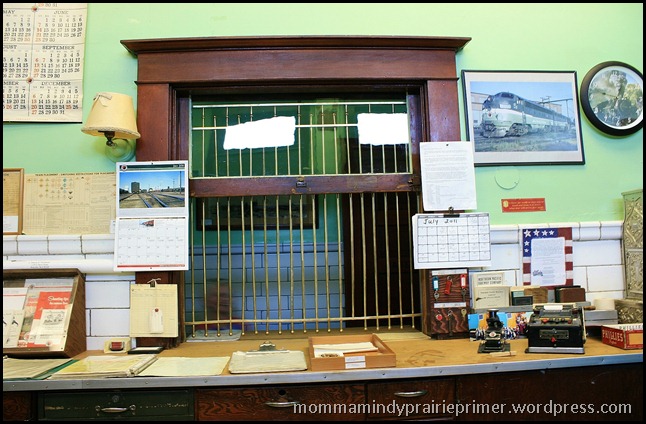
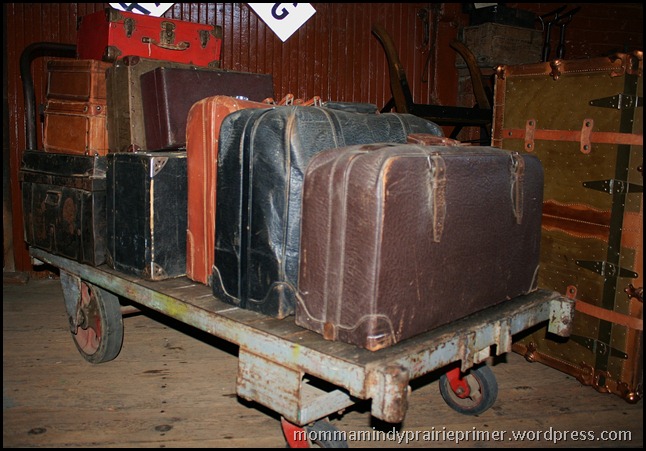
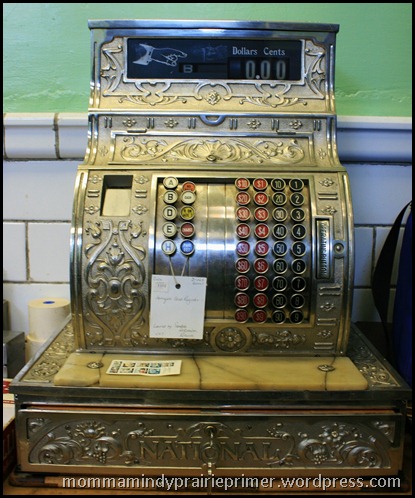
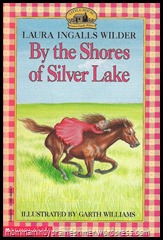
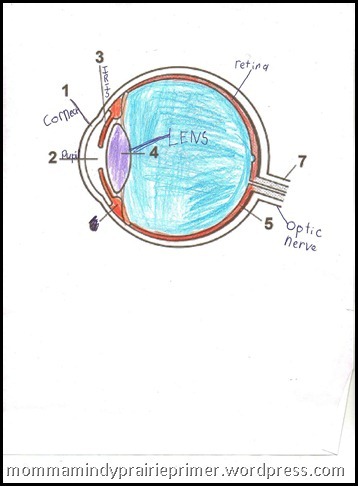
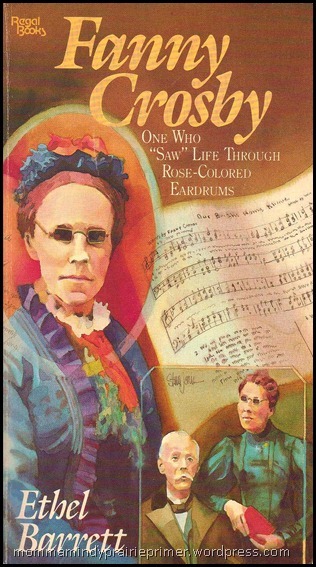
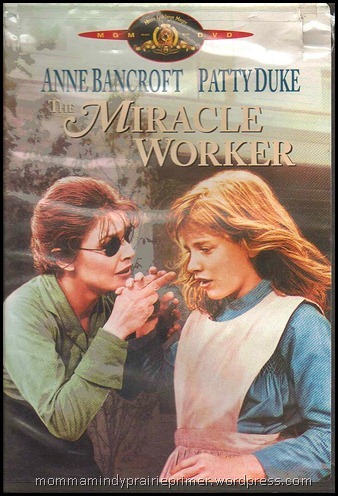

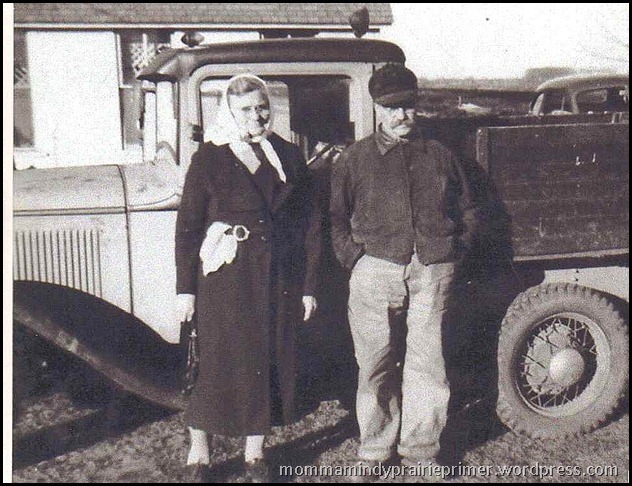
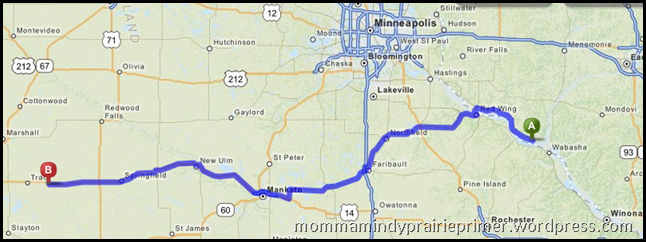
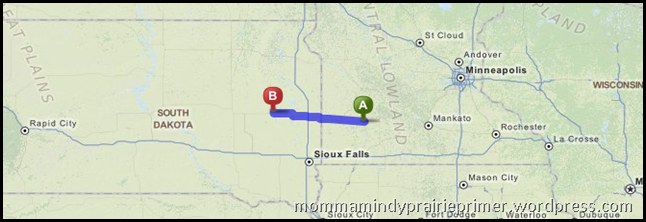
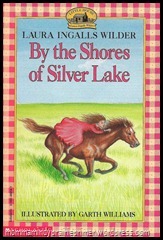
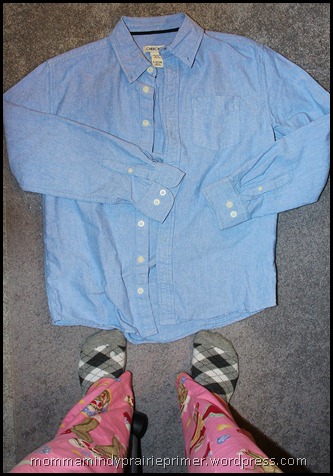
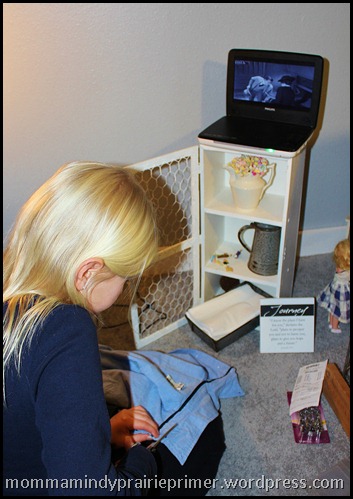
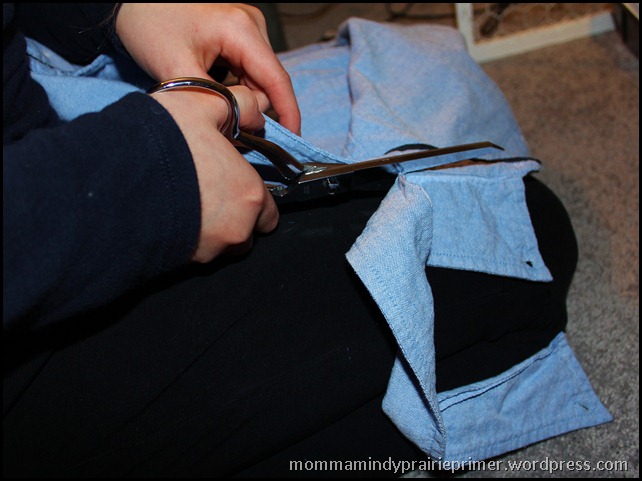
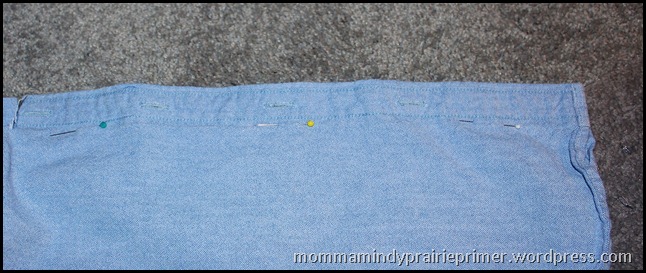
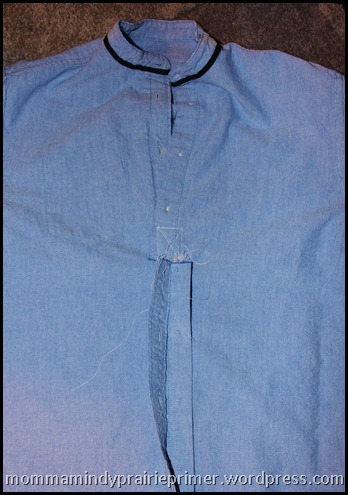
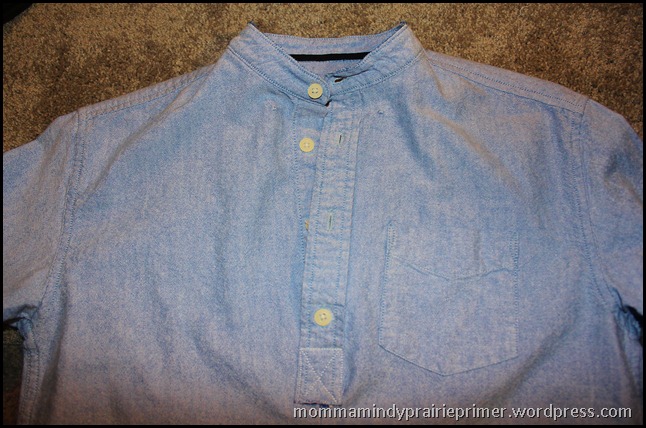
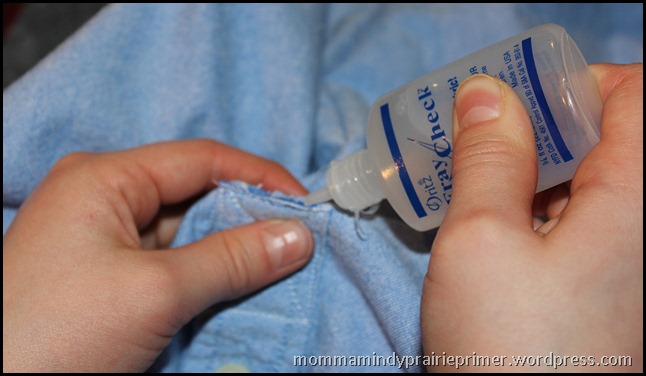
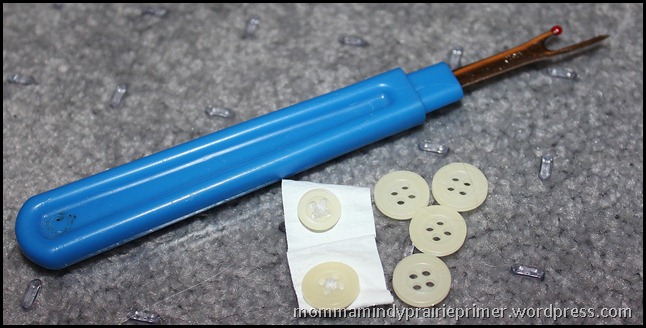
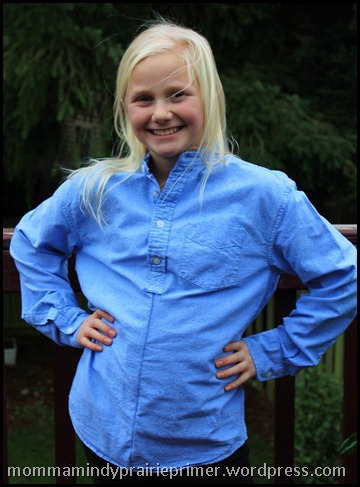
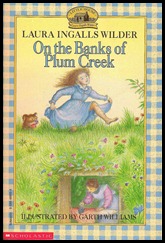
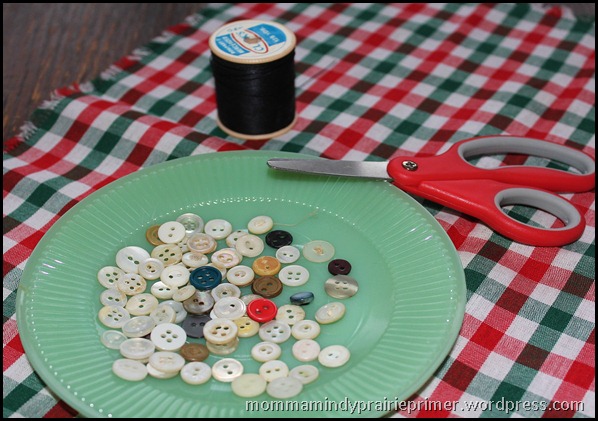
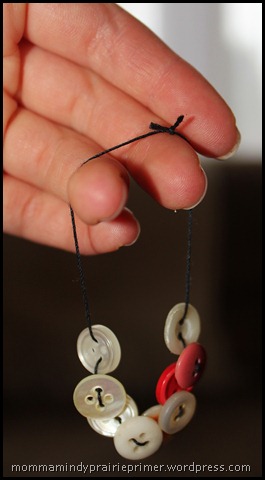
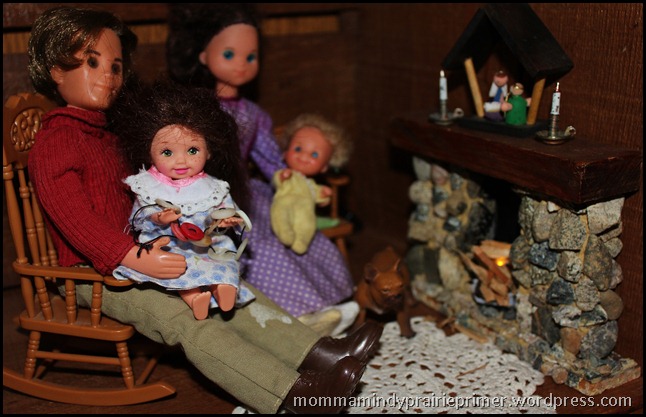
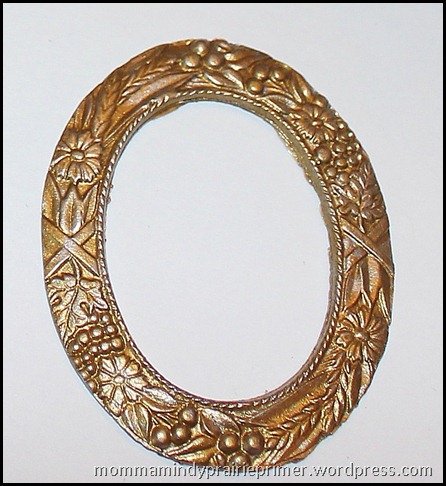
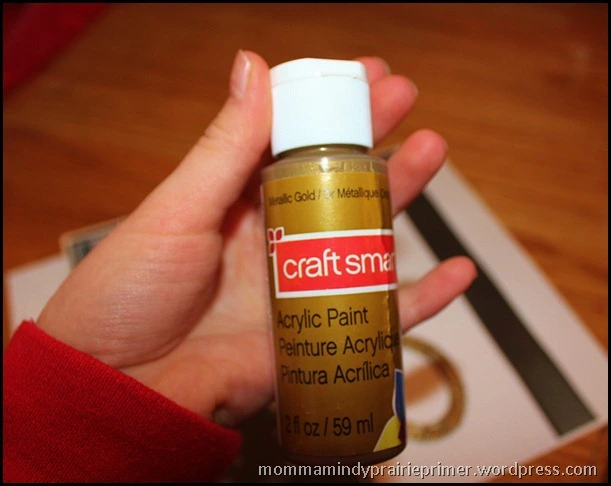
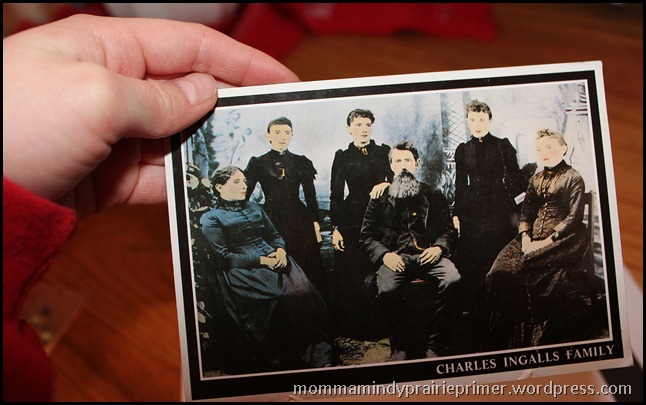

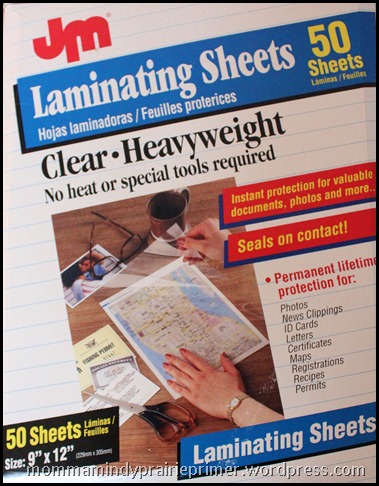
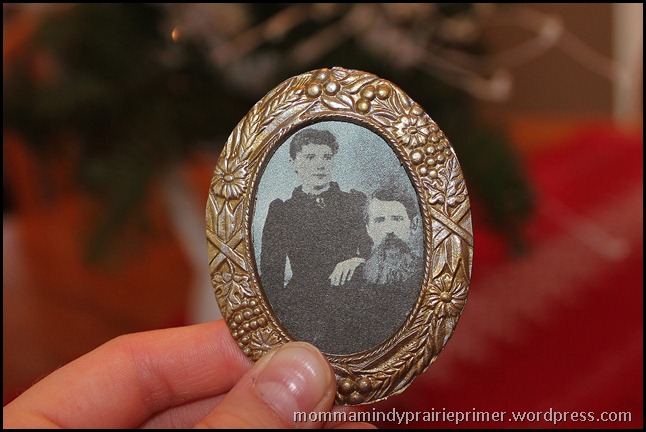
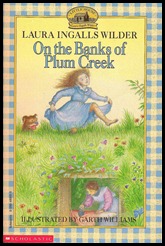
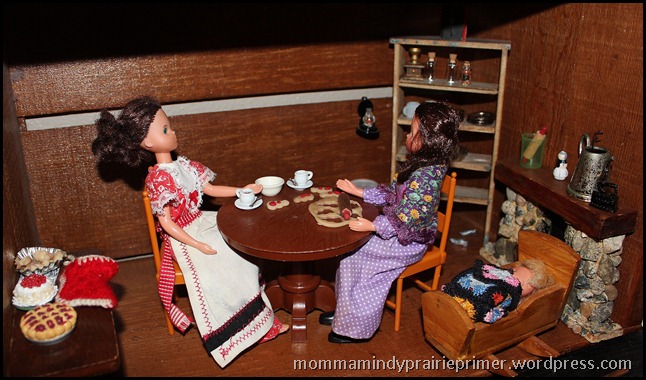
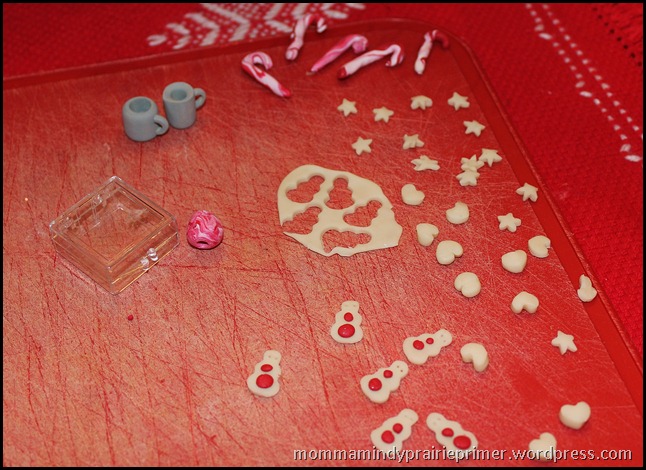
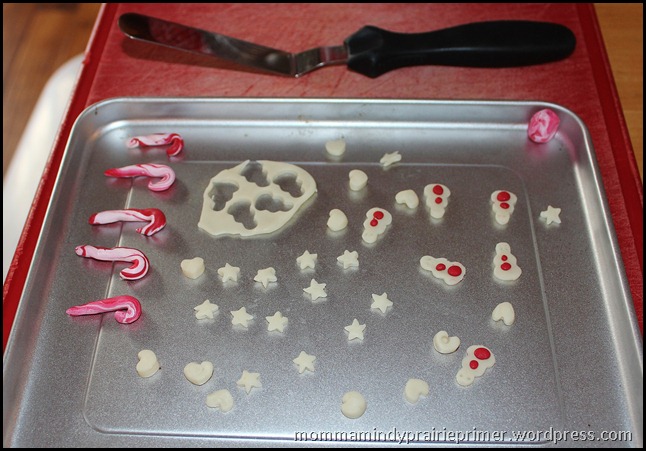
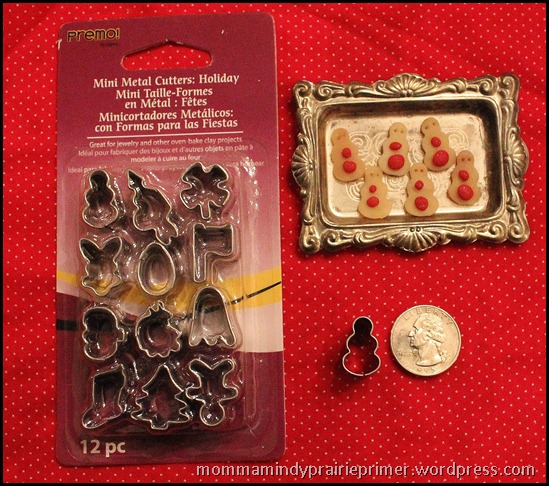
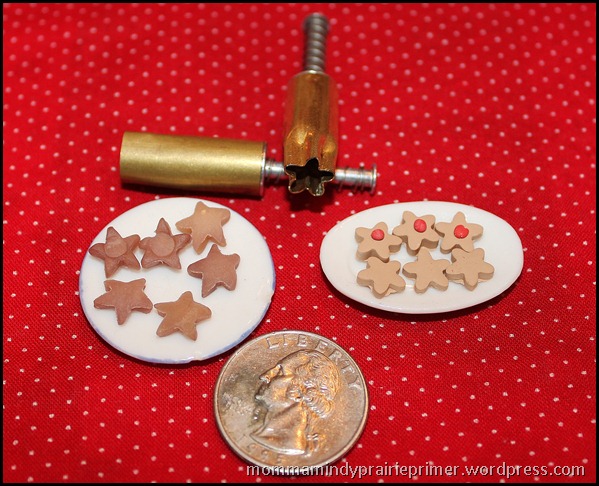
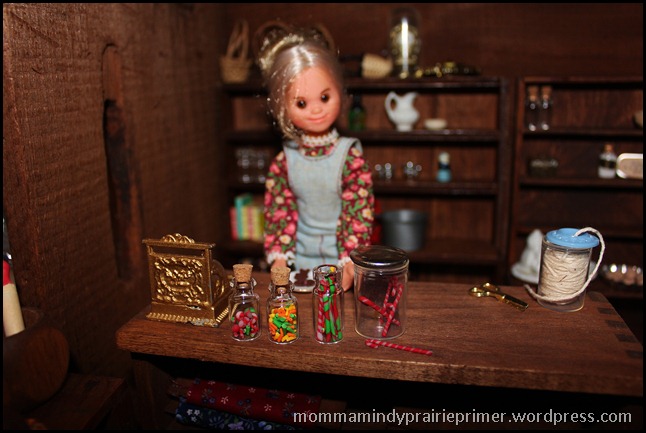
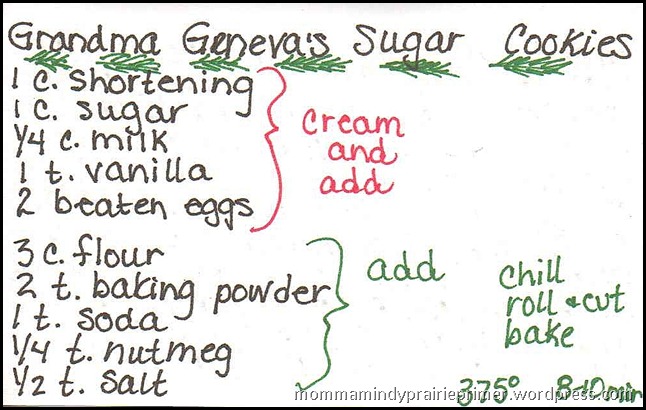
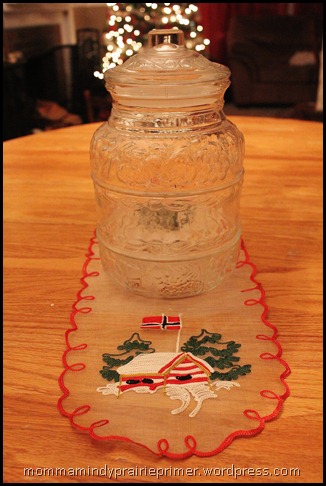
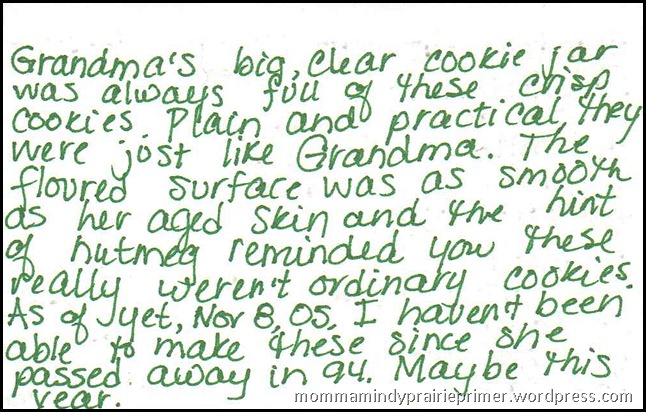
![306103_3845353939605_493545704_n[1] 306103_3845353939605_493545704_n[1]](https://mommamindyprairieprimer.files.wordpress.com/2012/12/306103_3845353939605_493545704_n1_thumb.jpg?w=625&h=486)
